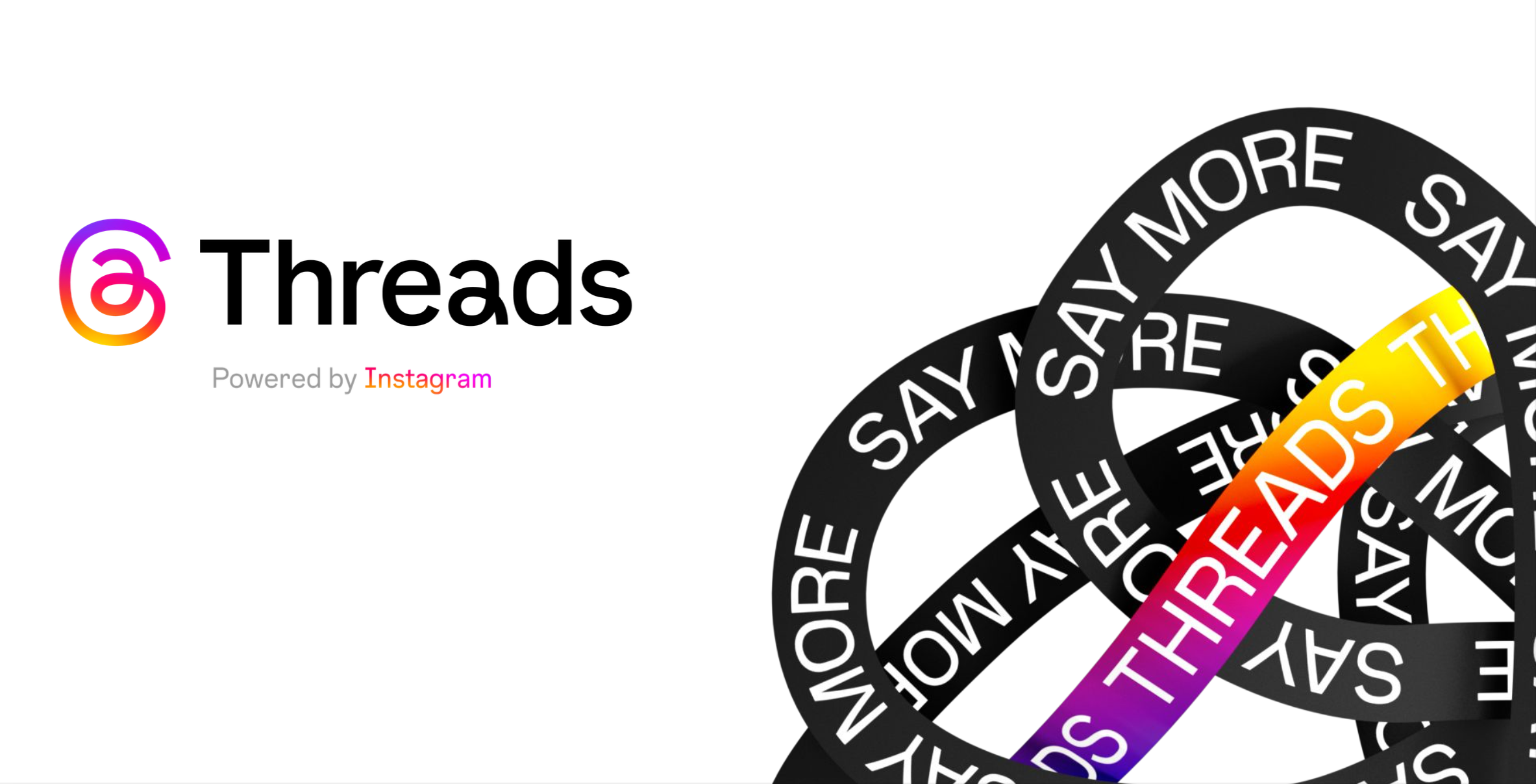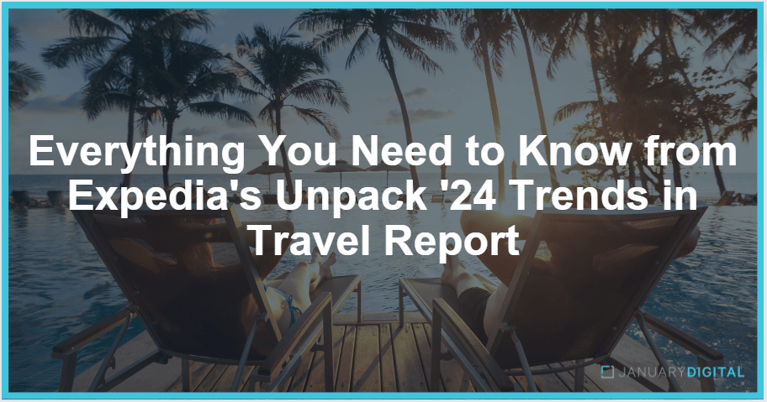With Amazon capturing nearly half of all e-commerce sales, it is important to consider the impact of Prime Day. Whether a business sells through Amazon or not, the influence of Prime Day on consumer behavior can be reflected in sales. This year, Prime Day is occurring July 11th and 12th .
Key Insights:
- Businesses participating in Amazon Prime Day must prepare for an influx in traffic from consumers with high purchase intent and set up an infrastructure to ensure inventory levels are strong.
- Digital retailers not on Amazon can either compete with their own promotions or scale back marketing events during Prime Day.
- Prime Day’s impact extends beyond the event itself with promotions running before and after the two-day period. The learnings gathered from this sale can serve as a learning opportunity for businesses preparing for upcoming seasonal moments through Q3 and Q4.
- Whether a business is participating in Prime Day or not, below are the key actions a digital retailer can take in order to succeed during one of the biggest promotional periods of the season.
For businesses selling on Amazon, Prime Day is an opportunity to participate in promotions that can generate a surge of interest and purchases, especially during what is typically a slower period for retailers. Participating in Prime Day offers multiple benefits, including exposure to a vast user base browsing Amazon’s website and valuable customer insights that can help inform future promotional strategies.
The Prime Day preparation for sellers goes beyond the day itself - “sales traffic tends to be higher in the days leading up to and immediately following the two-day event, so it’s more like a week-long sales opportunity for sellers.”1 To unlock maximum profits during this week-long event, sellers should prioritize the following:
- Stay proactive with inventory management to ensure efficient operations
If the traffic to a business’ Amazon store is there but the stock is not, potential profits are lost. If a business has previously participated in Prime Day, it is important to understand the top-selling products of years prior. Regardless of prior Prime Day trends, businesses should be mindful of their current best-sellers on Amazon in terms of products, SKUs, and styles to ensure these will be available in high quantities.
- Advertise before, during, and after Prime Day
Consumers have high purchase intent when it comes to shopping for Prime Day deals. They will be scouring the internet for discounts so when the promotions start they can act fast on the products they want. It is important to remember that Prime Day deals are not limited to the day itself. Participating businesses should ramp up spend leading up to Prime day in-line with the influx in traffic. During this time, businesses should drive traffic to their Amazon storefronts in all related paid promotions and organic posts.
- Use Prime Day as a learning opportunity
Prime Day occurs before key seasonal moments in Q3 & Q4 including Back to School, Labor Day, Halloween, Black Friday, and Holiday. If a business is planning to have promotional pushes in line with these events through the end of the year, they can use Prime Day best-sellers to inform inventory preparation and future discounts.
Prime Day does not only affect participating retailers - the impact extends to businesses that do not sell on Amazon. To leverage the high purchase intent during this time, non-participating businesses can take the following steps:
- Lean into consumer behavior shift by offering competing deals
Historically, retailers such as Target, Macy’s, and Best Buy have offered significant discounts across a variety of product categories on their own e-commerce sites. Amazon breeds shopping behaviors driven by convenience and personalization. If businesses can provide seamless shopping experiences with comparable discounts and shipping options, they can convert users who are not loyal to Amazon, but value the experience they provide.
- Promotion-free digital retailers can scale back to mitigate losses
If a digital retailer is not capable of participating in Prime Day or offering similar promotions, performance surrounding the event will likely be soft. To mitigate a potential revenue loss, marketing investment can be greatly reduced so that a business is not facing the competition of unmatched discounts. CPMs and CPCs will likely be higher during this time of increased competition and fall following the Prime Day surge. Digital retailers can scale their efforts back up when rates are cheaper and competition is reduced.
From Amazon Storefronts to competing e-commerce sales, this Prime Day is sure to have an impact on digital retailers. Take proactive steps to prepare a business for success. For both participants and spectators alike, the promotional surge coming mid-July presents a valuable opportunity for growth and learning.
Sources:
- https://www.cnbc.com/2023/06/11/amazon-prime-day-is-coming-heres-how-sellers-can-boost-their-sales.html




